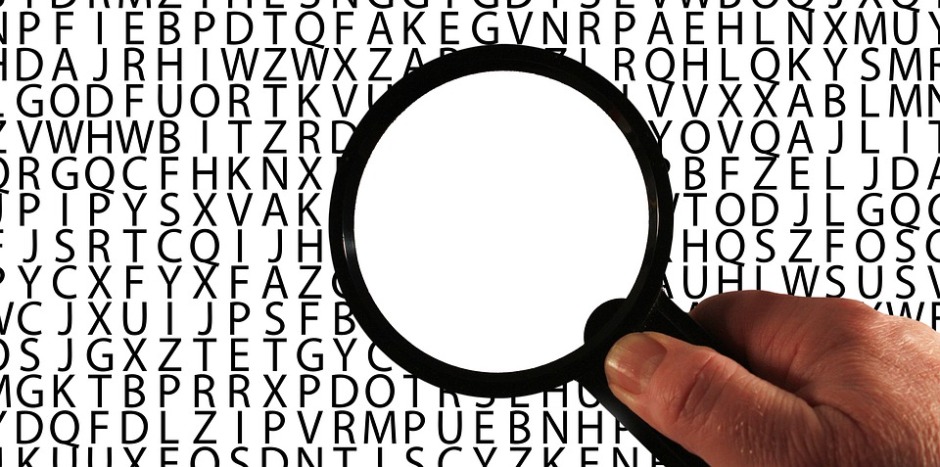Scanning through a newspaper in the morning before rushing off for the day could be your routine — but do you understand what these headlines do to you? Yes, they tell you a story in less than ten words. However, disguised in these simple alphabet structures are meanings you understand only subconsciously. Let’s explore them, shall we?
Adjectives alert!
As a rule, headlines are supposed to be kept short and sweet, which means that adjectives are the first to go. Is your headline telling you that a man brutally raped a child or that a man ‘raped’ a child? Since the story is about kids, it’s easy to have your judgment clouded. However, your newspaper cannot use that as an excuse because it has to absolutely go by the ‘innocent unless proven guilty’ rule. The use of the word brutal in the headline, in this case, would be wrong if used in connection with the man. Also, the main news body must mention the word allegedly everywhere. Since it is usually a very big word to fit in a headline, single quotes help to create the same effect. The best headline in such a case is to stick to the facts and say that the person was arrested for the said crime — simple report without commentary.


Flowery words okay, please
When it comes to news about sports, headlines have to be emotive as they serve the purpose of not just informing but reflecting what the match was like. Same goes for news pieces about concerts and cultural events. It is okay if ‘Team A smashed Team B’ in the match or that ‘Performer sang as the crowd cheered on’. The same can be extended to feature stories about food, health, education and lifestyle. These are meant to grab eyes and evoke an emotion in the reader.

Politics of words
Headlines of stories about politics convey more than just information at almost all times. Did Party A win seats or did they take revenge of an older loss by winning these seats — what is it that your newspaper is telling you?

Even in a fraction of a second that you spend on reading a headline, a lot can be conveyed. Make sure you pay attention to what is being said in between those words and be a better reader, essentially a better journalist!
This article is a part of a series about the world of newspapers — read part two here.

Jagruti Verma
With a little experience of feature writing and subbing on her resume, Jagruti strives to get better with each piece of writing she works on. You can connect with her on Twitter at @JagrutiVerma





